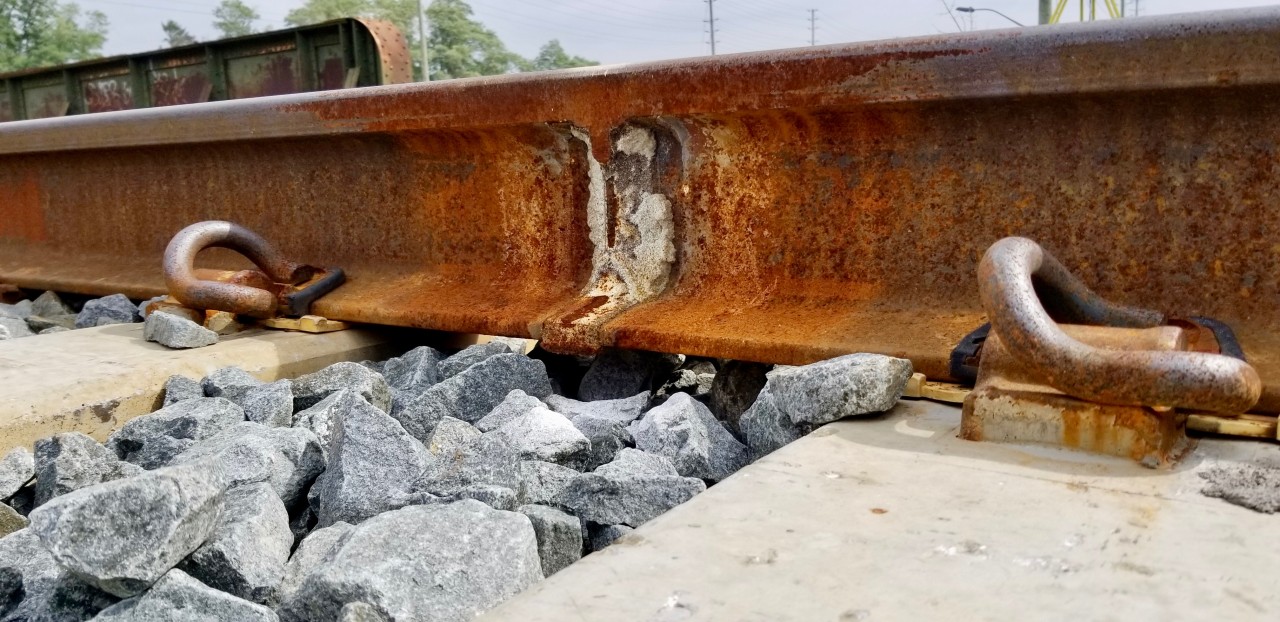|
Caption: So did you ever wonder how they connect 2 pieces of ribbon rail and the process it takes?
Railroad tracks used to be joined with fish plates, metal gussets bolted across the sides of the joints between tracks. Now they are welded into continuous ribbons of steel. But the process is different than you might imagine; instead of using arc welders, oxy-acetylene welders, or gas shielded welding equipment, the people doing the work are likely to use a process called thermite welding.
After the ends of the rails have been ground clean and positioned approximately one inch apart they are encased in a hollow form and preheated with a powerful torch. A crucible is placed over the form and filled with thermite, a readily ignited aluminum-based powder that burns at about 4,500 degrees F. After being lit with what looks like a 4th of July sparkler the thermite turns its constituent parts into molten metal, which pours into the form below—filling the gap between the rails and welding them into a single piece of steel. The form is removed, the excess metal is beat or chiseled away, and the joint between the rails is ground smooth. Start to finish, the process takes maybe an hour to perform.
These newly bonded rails are held to the concrete ties with Pandrol clips. A very different means to hold the rail to the tracks than the traditional railroad spike and wooden tie.
|



Wow. We are getting tax dollars moneys’ worth from you
That place looks familiar, looks like the Newmarket Sub crossing over Hwy 7!
LOL@snake2.. thats right mister, your tax dollars at work. Keeping you safe at night and me semi retired.
Shhhhh, its supposed to be a secret location, know only to a few
For the past three years, I have been trying to catch that elusive local (I think it is train 545) which serves the few customers that CN still has on the Newmarket Sub but without any luck. Ironically though, I saw that local pass over this very bridge when I was commuting on Hwy 7 a couple of weeks ago.